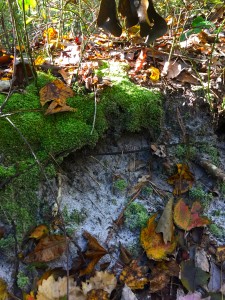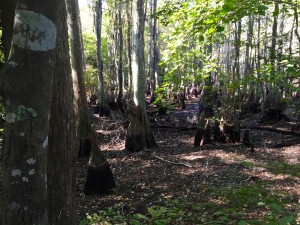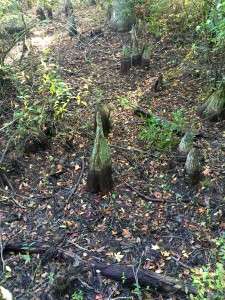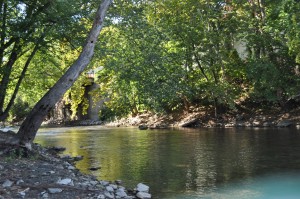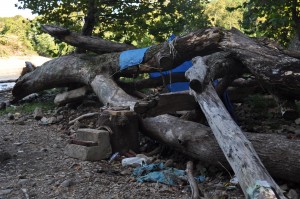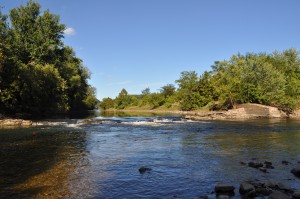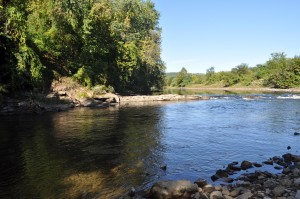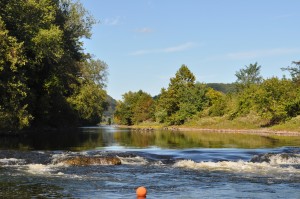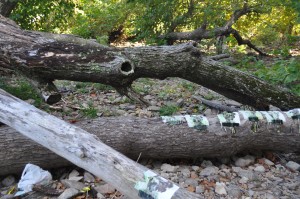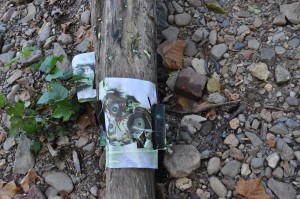“This may sound blasphemous, but maintaining native biodiversity is less important than maintaining a functioning ecosystem. What matters is that soil is protected, that water gets cleaned, that trees filter the air, that a canopy regenerates new seedlings to keep nutrients from draining away into the Bronx River.”- Chuck Peters of the New York Botanical Garden in The City Without Us, page 39
I think this statement is a very controversial one that would cause a big fight among people that strive to protect biodiversity. In EVST Capstone we read an article about a writer named Johnathan Franzen who thought that protecting biodiversity was more important than preventing climate change. According to Franzen, Climate change has gone too far and there is nothing left to be done about it. Franzen believes that we should continue individual biodiversity efforts for threatened and endangered species. I think Peters’ point is that if we want to sustain the earth in such a way that humans can continue to prosper, we should care less about biodiverstiy and more about just protecting green spaces in general. I would be very interested to see a Franzen response to Peters’ statement. I am surprised that Peters, as someone who works at NTBG, would have such a statement about biodiversity.
“Our perception has always been that, no matter how many subdivisions we build, or how much land we put to the plow, or how many roads we construct, there will always be plenty of undisturbed space left” No Place to Hide, page 27
I can’t remember what passage it was that we discussed but this makes me think a lot about the closing of the frontier. In the 19th century there was this perception that the wilderness went on forever. In 1890, the US Census Bureau declared that the frontier officially closed. Still today, people are ignorant of the fact that their cannot be endless development. We will eventually run out of resources and space.


